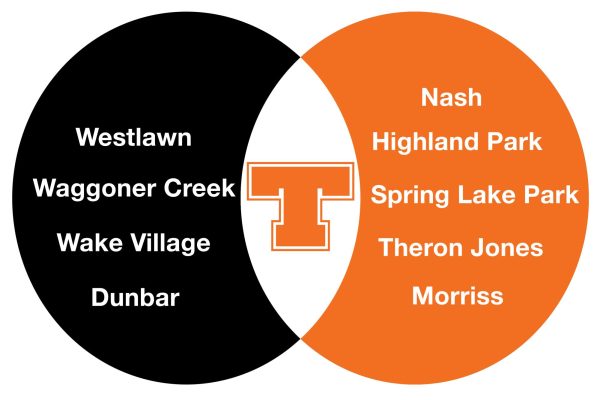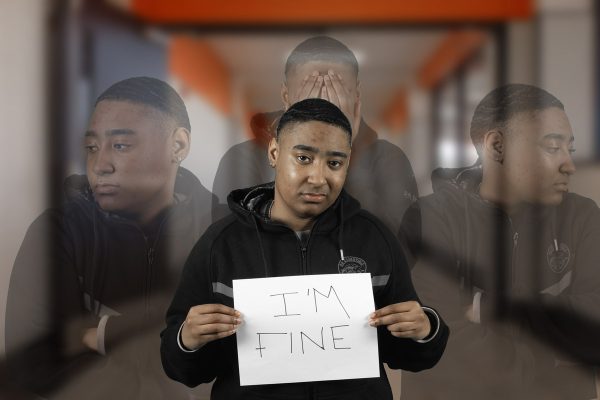Wheel of misfortune
Safety should be greater concern at amusement parks
October 1, 2013
Head to a place where 80-foot structures propel people down metal tracks with no safety rails in place. Where giant wheels suspended in the air spin you in a circle while your seat–the only object of safety–wobbles and shakes. While these instruments of entertainment are built in the name of fun, the sheer scope of their size and speed make them potential dangers that sometimes prove fatal.
On July 20, a woman visiting Six Flags over Texas with her son decided to take a ride on the famous Texas Giant. Tragically, however, no one could foresee that this trip would be her last, as the woman was flung from a high speed turn and fell to her death. This incident could have been prevented, as many of the witnesses claimed that the woman had raised concerns with the ride operator about whether the lap bar holding her in her seat was secure.
This incident was not the first time Six Flags has been host to a fatality. In June of 2008, a teenage boy hopped a series of fences in a restricted area of Six Flags over Georgia, resulting in him being decapitated by The Batman.
While it is true that some causes of deaths at theme parks are due to human stupidity, it should be noted that human stupidity is the very thing that park regulations are meant to stop. Not only should society take a closer look at the dangers of roller coasters, but also rides such as The Superman, which has been known to leave people stranded at the top of its tower for hours on end.
Ferris wheels should also be looked at when it comes to safety issues. Ferris wheel accident statistics reveal how most incidents occur on portable carnival rides and not on the permanently fixed observation wheels. This is due to their design and construction techniques and inspection schedules. One example of rider safety issues can be derived from the October 22, 2012, incident at the Thousand Oaks carnival in California, where 30 people were left stranded on a paralyzed ferris wheel with minor injuries for several hours.
According to a 2004 survey done by the Occupational and Safety Health Administration, 27 people, mainly workers, died on ferris wheels in that one summer alone (OSHA). Riders are not the only ones at risk either, a 2004 CPSC statistic stated that 4-5 people have died each year until this present year (lawleaf); this may not seem like a lot but if it’s true than 45 people have already died over the past nine years alone.
The question still remains as to why so many people submit themselves to danger and many theories are out there. Perhaps its an inborn sense of thrill seeking, or maybe the entertainment outways the threat of dying. Many psychiatrists theorize that society’s love of theme parks comes from a long built up desire of escape from reality and the social norms of life.
No matter the cause, the safety of the public should be everyone’s main concern. More regulations will not make the rides any less thrilling.




















